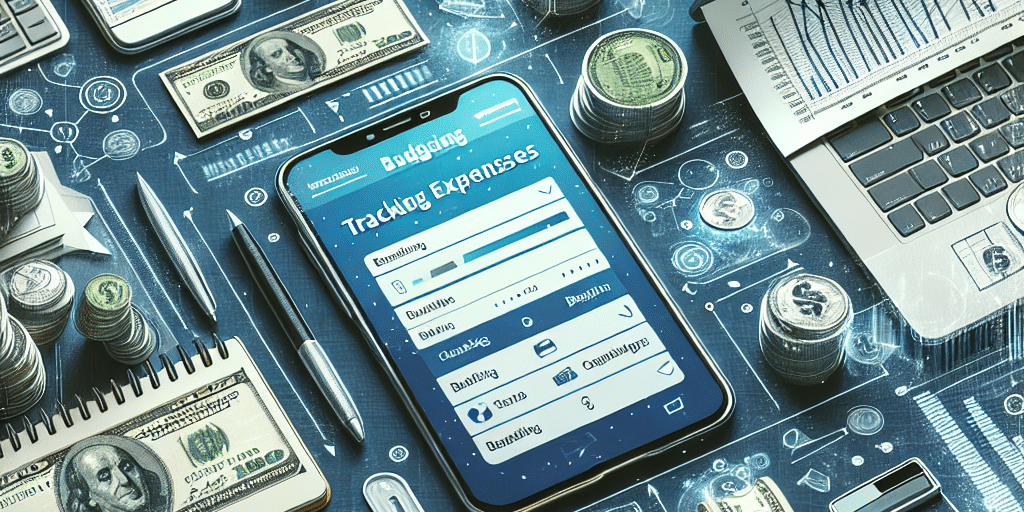Title: The Ultimate Guide to the Best Tools for Tracking Expenses in 2023
Introduction:
In today’s fast-paced financial landscape, keeping track of expenses has become more crucial than ever. Whether you’re managing a personal budget or handling business finances, knowing where your money goes is key to maintaining financial stability. Fortunately, technology has offered us an array of powerful tools designed to simplify this process. In this article, we will explore some of the best tools for tracking expenses in 2023, featuring apps and software that cater to various needs and preferences.
- Mint: A Comprehensive Solution
Mint is a well-established name in the realm of personal finance management. This free tool integrates with your bank accounts, credit cards, and other financial accounts to provide a holistic view of your finances. Mint automatically categorizes transactions, generates budgets, and offers insights into spending habits. Its user-friendly interface and robust feature set make it a top choice for individuals seeking an all-encompassing expense tracking solution.
- YNAB (You Need A Budget): For the Budget Enthusiasts
YNAB is a budgeting tool with a strong focus on proactive financial planning. Unlike other apps that track spending after the fact, YNAB encourages users to allocate every dollar to a specific purpose in advance. This forward-thinking approach helps in aligning spending with financial goals. YNAB’s easy-to-use interface and educational resources empower users to build better budgeting habits and maintain control over their finances.
- Expensify: Ideal for Businesses and Frequent Travelers
For those who travel frequently or need to manage business expenses, Expensify offers a seamless solution. This app takes the hassle out of expense reporting with features like automatic receipt scanning, mileage tracking, and integration with accounting software like QuickBooks. Expensify is particularly popular among businesses for its capacity to simplify the expense management and reimbursement process.
- PocketGuard: Keep an Eye on Your Cash Flow
PocketGuard is an excellent app for individuals who want to quickly and easily manage their spending. With its “In My Pocket” feature, PocketGuard calculates how much disposable income you have after accounting for bills, goals, and necessities. The app syncs with your bank accounts and offers insightful charts and graphs to help visualize your financial situation.
- Wave: Small Business Integration
Wave is a free, comprehensive accounting software designed for small businesses and freelancers. Aside from invoice management and accounting, Wave offers robust expense tracking capabilities. It allows users to link bank accounts, scan receipts, and monitor cash flow with ease. Its integration with payroll and payment processing makes it an ideal choice for small business owners looking for a multi-functional tool.
- Goodbudget: The Modern Envelope Method
Inspired by the traditional envelope budgeting method, Goodbudget helps users allocate earnings into digital envelopes for different spending categories. This app is perfect for those who prefer a hands-on approach to budgeting. Goodbudget facilitates better saving and spending habits with its intuitive breakdown of finances, though it requires users to manually input their expenses.
Conclusion:
Choosing the right expense tracking tool largely depends on personal preferences and financial goals. Whether you prioritize automation, detailed budgeting, or integration with business finances, there’s a tool out there designed to meet your needs. The digital tools listed above offer diverse features that cater to a wide range of requirements, helping users achieve greater financial insight and control. As financial technologies continue to evolve, adopting one of these robust tools can put you on the path to healthier, more manageable finances in 2023 and beyond.







